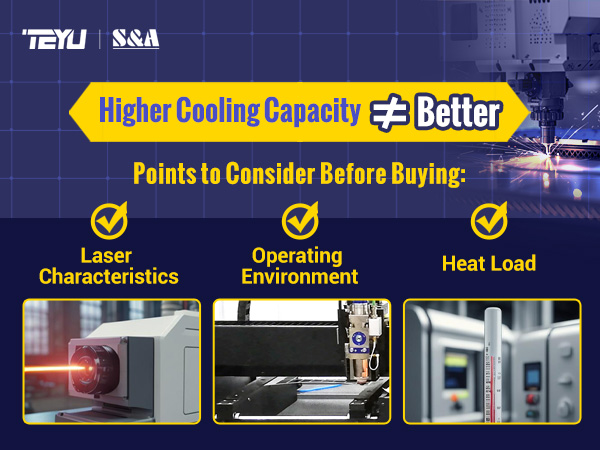1. Laser Characteristics: Beyond laser type and power, it's crucial to consider parameters such as wavelength and beam quality. Lasers with different wavelengths and operating modes (continuous, pulsed, etc.) produce varying amounts of heat during beam transmission. To cater to the unique cooling requirements of various laser types (like fiber lasers, CO2 lasers, UV lasers, ultrafast lasers...), TEYU Water Chiller Maker supplies a comprehensive range of water chillers, such as the CWFL series fiber laser chillers, the CW series CO2 laser chillers, the RMFL series rack mount chillers, the CWUP series ±0.1℃ ultra-precision chiller...
2. Operating Environment: The ambient temperature, humidity, and ventilation conditions impact the laser's heat dissipation. In hot and humid environments, the water chiller needs to provide greater cooling capacity.
3. Heat Load: By calculating the total heat load of the laser, including heat generated by the laser, optical components, etc., the required cooling capacity can be determined.

As a general rule, selecting a water chiller with 10-20% more cooling capacity than the calculated value is a prudent choice, ensuring the laser equipment maintains a stable temperature during prolonged operation. TEYU Water Chiller Maker, with 23 years of experience in laser cooling, can provide tailored temperature control solutions based on your specific cooling needs.